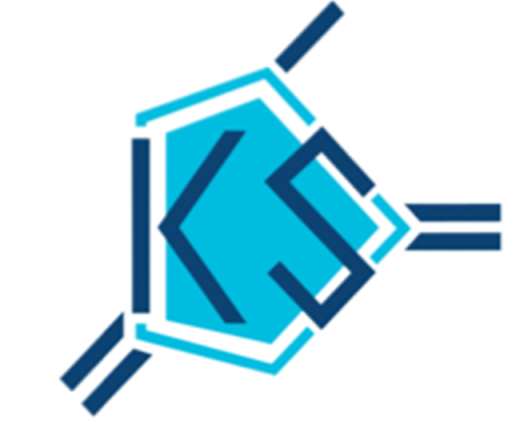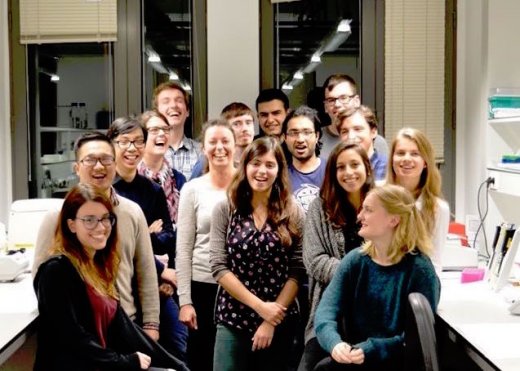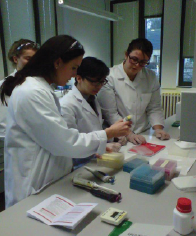09/03/2016
SensUs team update: KreaSensa
This is the beginning of a series of updates from the SensUs student teams. In this series, the teams summarize what they have been doing, recently. This week is the first update and it is from KreaSensa, the KU Leuven SensUs team:
Hello SensUs, this is Belgium calling! It is an honour to be the first team to be put in the spotlight, so without further ado, let's explore what we have achieved so far.
The second semester has started at our beloved KU Leuven and while most students have been drinking and partying their exam stress away, the KreaSensa team has been very busy working on the development of their biosensor. We have been making a lot of progress since the reveal of the target molecule in January and we are overcoming new challenges every week. Right after we knew that detecting creatinine, we embarked on a journey through the available literature. We went through journal after journal to find a suitable detection method. In order to achieve maximum efficiency, we split up in three subgroups, taking into account each team member's background: a bioassay team, a sensor technology team and a signal processing team. Every subgroup has its own goals and meetings but regular inter-team gatherings supervised by our coaches are done as well to ensure that we are all on the same page.


The main focus of the past month has been to come up with a way to biochemically detect physiologically relevant concentrations of creatinine in a plasma sample. We discussed the pros and cons of several general methods of detection used in biosensors today, such as antibodies, enzymes and molecularly imprinted polymers. The decision was tough but after consulting with our experienced team of coaches from the MeBioS biosensor group we eventually opted for the use of enzymes.
After this theoretical background everyone from the bioassay team could not wait to get their hands dirty (well not literally, since we respect lab safety measures!) and start working in the lab. Several measurements have already been performed and in the upcoming weeks our method will be optimised further and tested rigorously.
Obviously, there is more to this competition than just coming up with a system that can detect creatinine. There is a lot of work behind the scenes as well: we have contacted companies to acquire funding, we have had someone design a logo for our team (thanks Lucas Dewulf, we owe you one!), we are arranging company visits, we have been keeping our Facebook page up to date... In short, we are doing everything we can to make sure our team gets the financial and logistical support it needs to meet our goals. So that concludes our first update. We hope we were able to convey some of our motivation and team spirit with this short text. Next month we will be back to report our progress. See you then!
PS: Below are some pictures of us just to get a glimpse of the general atmosphere ツ.



Facebook
YouTube
LinkedIn
Instagram